NASA funds experimental radiation shield and Mars climbing robot
NASA has just announced the projects that will be getting money from its NASA Innovative Advanced Concepts (NIAC) programme, which aims to support ideas for game-changing mission designs and never-before-seen space exploration tech. Here we look at five of the concepts and how they will be used.
Spacecraft shields for human exploration
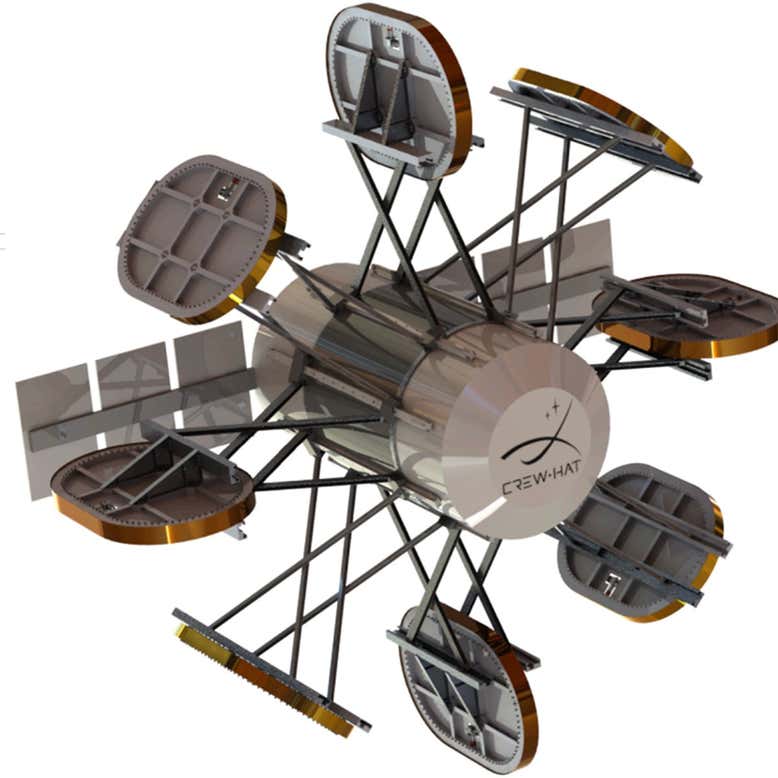
Astronauts venturing to the moon or Mars in the future are likely to face a barrage of hazardous space radiation during their trips, including high-energy particles and nuclei known as cosmic rays. To protect crews, one NIAC study is exploring the idea of what the project’s lead, Elena D‘Onghia at the University of Wisconsin-Madison, calls a “deployable magnetic shield device”. The CREW HaT system would consist of a ring of electrical coils positioned on arms roughly 5 metres from the spacecraft’s main body. When turned on, the system would form “an extended magnetic field outside the spacecraft that deflects the cosmic radiation”, says D’Onghia.
The Martian cave-exploring robot
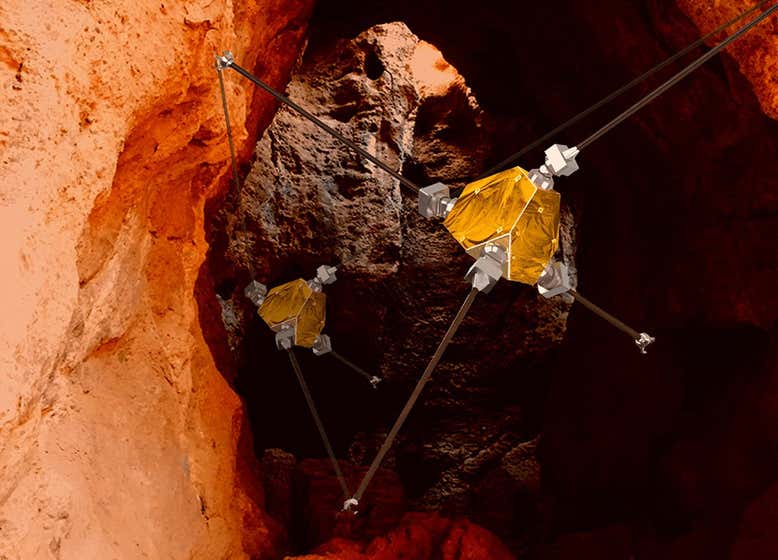
Astrobiologists are keen to investigate the many Martian cavern openings spotted by orbiting spacecraft, and ReachBot is a concept for a machine that would work its way around these hitherto unexplored underground environments. ReachBot operates by “extending booms toward remote objects or surfaces” inside these caverns, says Marco Pavone at Stanford University in California. Once a boom – essentially an arm – is held securely in place, another could let go and reposition itself to allow the robot to crawl. Special “grippers”, with needle-like spines, would hold the booms to the rock and a tether connected to the surface would transmit data from ReachBot, while also serving as a power cord to keep the robot operational.
Venus sample-return mission
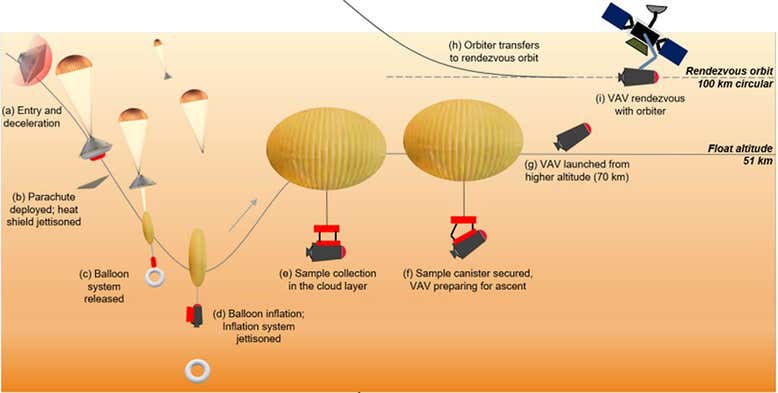
Another of the new NIAC programme studies will look at how to pluck atmospheric samples from the Venusian skies. The tech being explored would use a balloon-borne platform, coupled with a rocket, to gather gases and cloud particles before delivering them to Earth for analysis. “We are searching for signs of microbial-type life inside the Venus cloud particles and [for] life itself,” says project lead Sara Seager at the Massachusetts Institute of Technology.
A solar sail to the outer planets
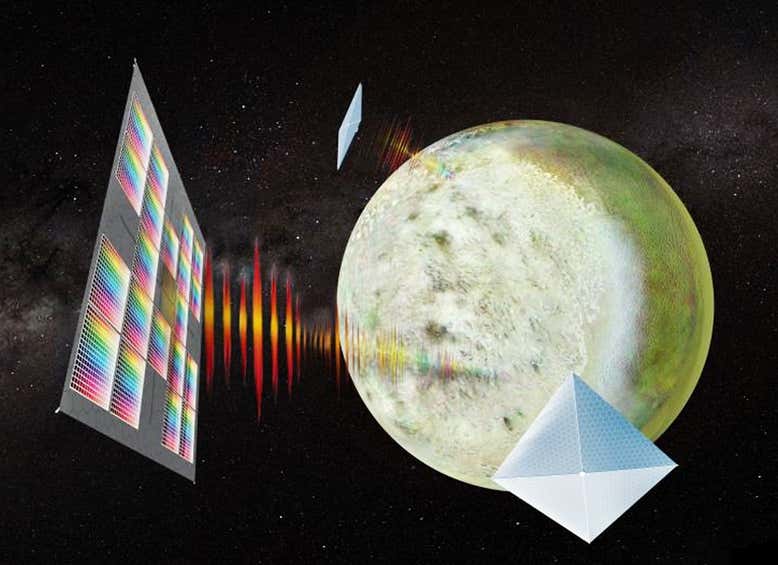
Mahmooda Sultana
It has been decades since we have explored the ice giant worlds of the outer solar system up close. One way we might venture out there again could be with craft equipped with solar sails, which are pushed through space by the sunlight falling on them. The SCOPE (ScienceCraft for Outer Planet Exploration) concept would use this technology with a novel spectrometer instrument – capable of studying the composition of targets – embedded in the actual body of the solar sail.
A moon-based asteroid intercept mission
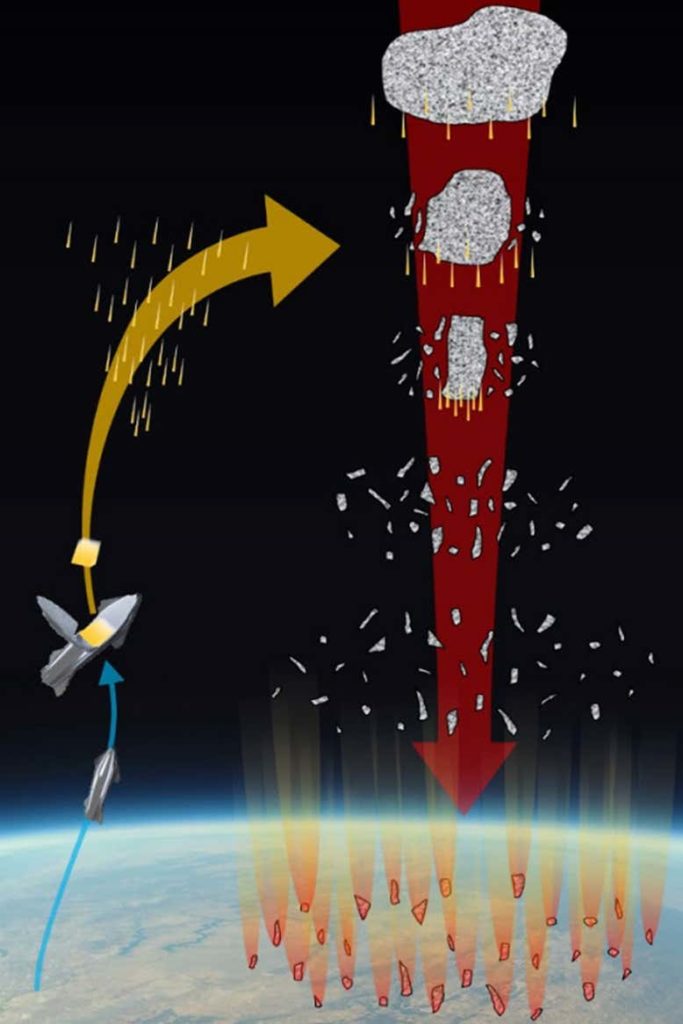
At some point, we may need to defend Earth against an asteroid or comet on a collision course. The Pi project will examine the idea of using a rocket-launched system to smash an interplanetary interloper with multiple small impactors. Such a system could potentially have elements sited on the moon, as well as Earth. “The lack of an atmosphere [on the moon] allows for full-time observations to search for threats,” says Philip Lubin at the University of California, Santa Barbara.
Another benefit of having part of the system based on the moon is that the low gravity there would give scientists expanded options for the types of intercept rocket to use, he says. This is because intercept crafts wouldn’t necessarily need a powerful multi-stage liquid-fuel rocket – of the kind required to pull away from Earth – to launch from the surface. Less powerful rockets using just solid fuel would work too.
Do not forget to share your opinion with us to provide you with the best posts !



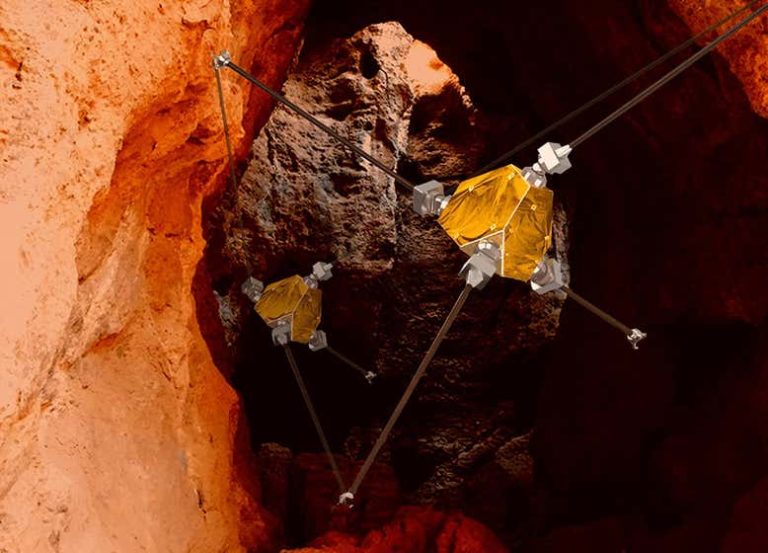
0 Comments